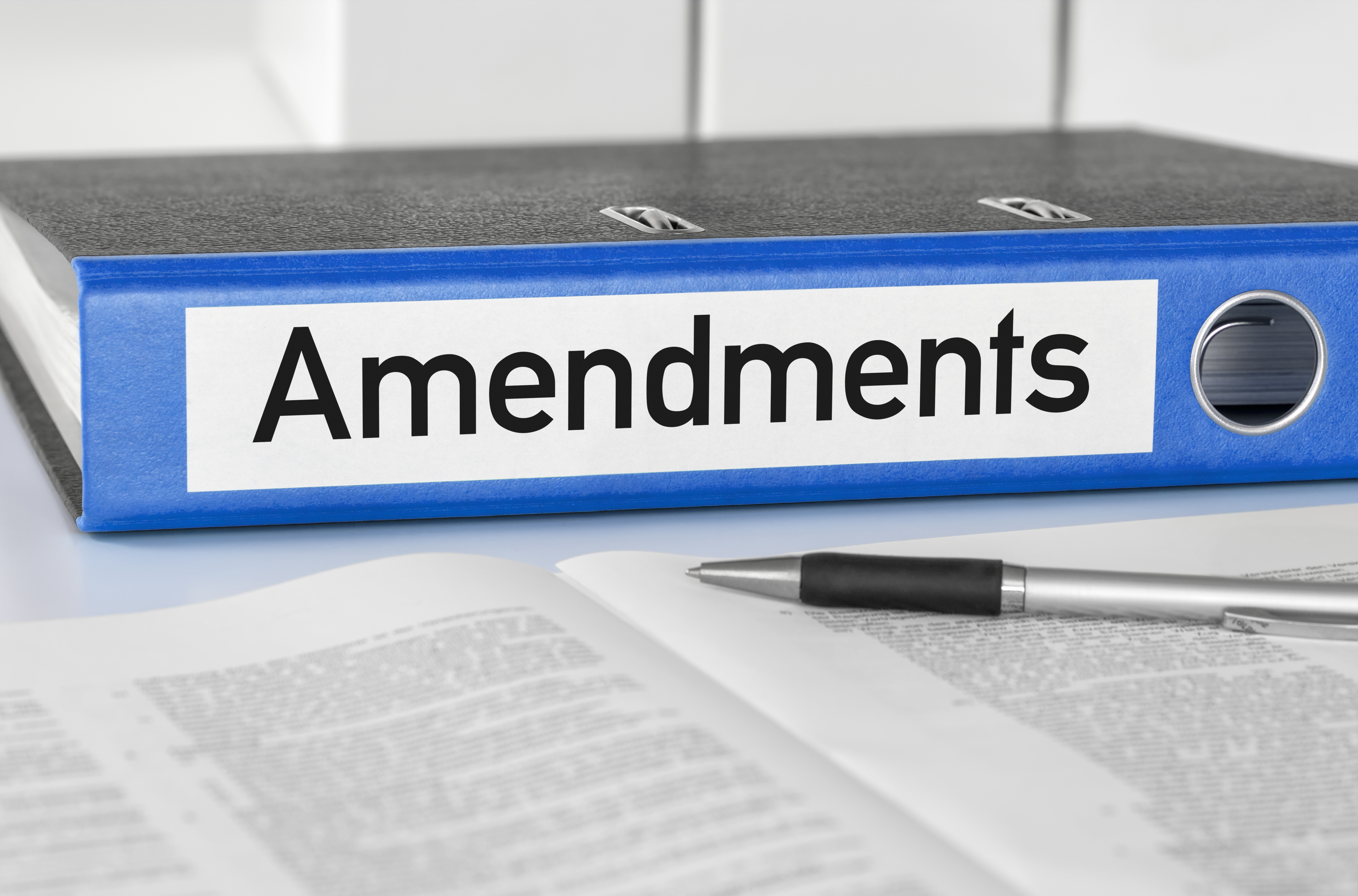On March 23, 2018, a Tesla Model X SUV hit a concrete median in Mountain View, California. The impact ripped the Tesla’s 1,200 pound, 400-volt lithium ion battery open and splattered energized battery cells across the 101 freeway. The Mountain View Fire Department arrived on the scene and quickly realized they were ill-equipped to respond to the damaged battery and resulting fire.

They had no equipment to test how much energy remained in the battery cells and could not remove the remaining energy from the battery that fueled the fire. Unable to tackle the flames, the Mountain View Fire Department called Tesla. Tesla engineers arrived on the scene and painstakingly submerged each cell into salt water to terminate the fire.
The most surprising detail of the Mountain View Fire is not the initial loss. Rather, it is the fact that after the Tesla was in an impound lot, the then-disassembled and damaged battery proceeded to catch fire three additional times. The final fire took place six days after the crash.
The Mountain View Fire outlines the challenges the subrogation industry will face as the battery market expands. From e-cigarettes to electric vehicles, insurers and their experts must be able to safely respond to battery fires, properly store the evidence, and most importantly, understand why these batteries fail.
Market Growth
Lithium ion batteries were developed in the 1970s. In 1991, Sony created the first commercial use of the lithium ion battery with its release of the handheld video recorder. Today, lithium ion batteries are used in more residential and commercial goods than ever before. In 2017, there were 3.1 million electric vehicles worldwide.[1] By 2030, that number is predicted to reach 125 million vehicles.[2] Additionally, the global manufacturing capacity of lithium ion batteries is set to triple by 2023.[3] Manufacturing estimates predict an 800% increase in the production of lithium ion batteries between 2017 and 2022 alone.[4] Over the next ten years, batteries will go from powering our phones and computers to powering our cars, houses, and utilities. With these developments, subrogation claims related to battery failures will also increase.
Thermal Runaway
When a battery cell is damaged, it is at risk of producing heat at a faster rate than the battery can cool. If the battery cell’s temperature increases to a certain threshold, it sets off a chain reaction in surrounding cells through a process called “thermal runaway.” Thermal runaway can lead to fires, arc flashing, off gassing, and explosions.
The causes of thermal runaway can be broken down into three categories: mechanical, thermal, and electrical damage. Mechanical damage involves physical damage to the unit. Thermal damage is heat-related. If a cell is installed in an environment where there is insufficient air-conditioning or airflow, heat will build up inside the battery. Finally, electrical damage occurs when a battery is overcharged, undercharged, or shorts.
When thermal runaway leads to a fire loss, respondents like the Mountain View firefighters struggle to tamp out the flames because the ignition source is the energy that remains within the battery. The fire protection industry refers to this scenario as “stranded energy” because the energy is stuck inside the battery and there is no method for the energy to be safely removed. Instead, a common industry practice is to remove the individual battery cells and submerge them into salt water to de-energize the battery. This process also allows the battery to cool. However, the practice is incredibly slow and dangerous for individuals responding to an ongoing fire.
Conclusion
The Mountain View Fire outlines the safety hazards of a battery fire loss. Not only do individuals have to use caution in the initial fire response, it is clear from the Tesla crash that disassembled batteries can reignite days after a loss occurs. Subrogation investigators must be wary of the immediate and long term risks of evidence storage and examination.
Based on the predicted market growth, it is clear that battery losses will not be a niche practice in the subrogation world. Instead, these cases will be a common fact pattern that experts, adjusters and attorneys must be well versed in to attain subrogation recoveries for their clients.
[1] International Energy Agency, “Global EV Outlook 2018,” May 2018. Available at: https://www.iea.org/reports/global-ev-outlook-2018.
[2] Id.
[3] James Frith, “Gigafactory Growth is lifeline for Battery Startups,” BNEF, 2019.
[4] Jesse Roman, “ Beyond EVs: Stranded Energy is a Concern Across All Energy Storage Technologies,” NFPA Journal January/February 2020.





